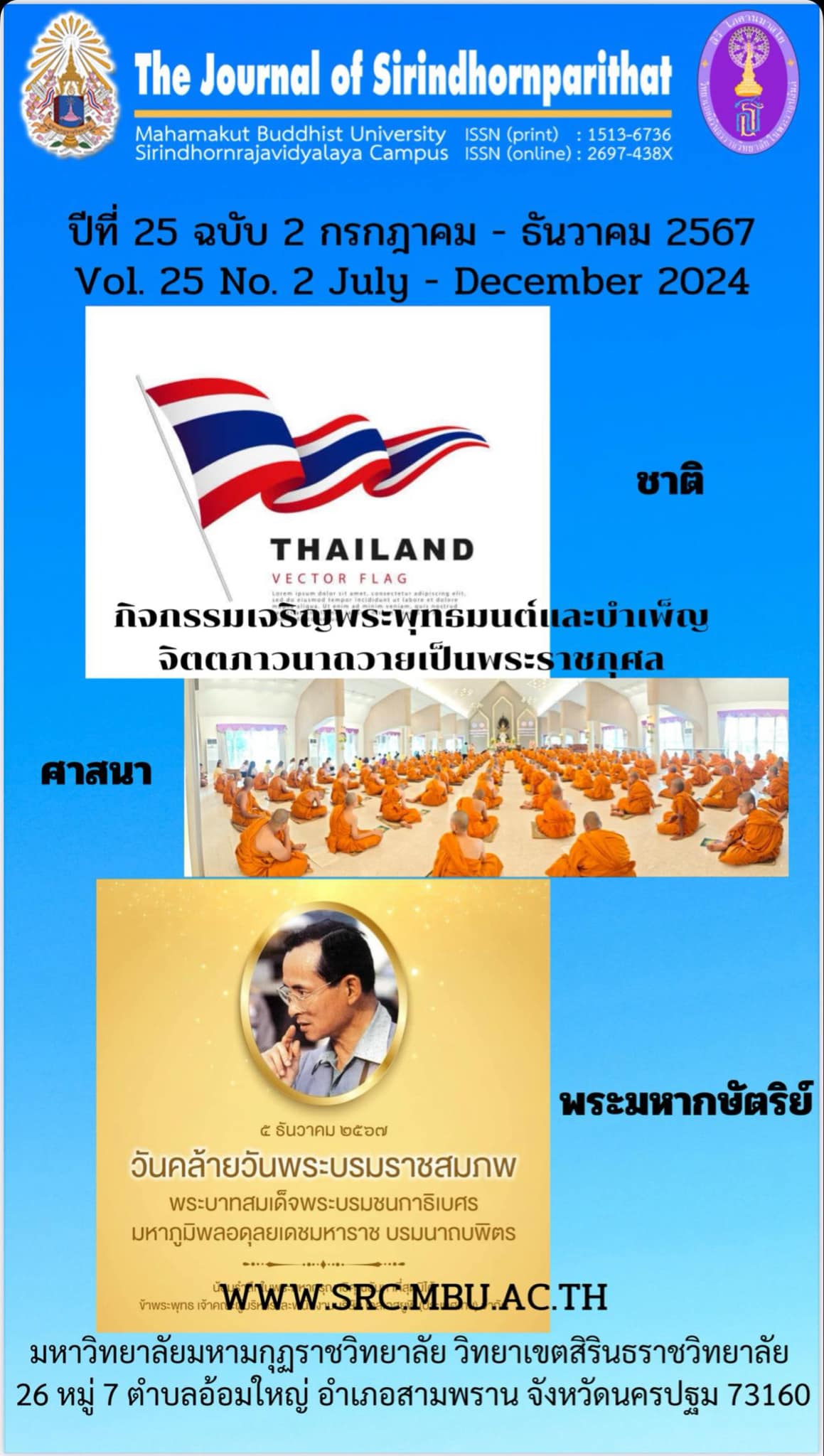Technology Users AI In Intelligent Painting And Willingness To Use It:A Case Of Douyin Users In Shanxi,China
Keywords:
Artificial Intelligent (AI), AI painting, willingness to use DouyinAbstract
As an artistic application of artificial intelligence technology, the emergence of douyin AI painting application has promoted the development of artificial intelligence in the field of art. As we all know, the application scope of artificial intelligence technology is increasingly expanding, and developing towards a higher level and more complex fields. douyin The emergence of AI painting application means that artificial intelligence technology can enter the field of artistic creation, and then realize more intelligent and more innovative artistic creation.Therefore, it is very necessary to study its application and its intention of use.The paper aims to understand people's willingness to use douyin AI painting applications through empirical research, and explore the reasons behind it. This article from the following aspects: the first part of the douyin AI painting application introduction.The second part analyzes the willingness to use douyin AI painting application. The paper investigates the willingness to use the public through questionnaire survey, interview and other methods. The target population was teachers and students from universities in Shanxi Province, and sampling interview and questionnaire were adopted.The third part analyzes the reasons behind the willingness to use, some factors in the heart. The fourth part prospects the future research direction. The paper puts forward several suggestions.
References
Bhattacheijee, A. (2001). Understanding information systems continuance: an expectation-confirmation model. MIS quarterly, 25(3).
Browne, M. W., & Cudeck, R. (1993). Alternative ways of assessing model fit. In K. A. Bollen & J. S. Long (Eds.), Testing structural equation model (pp. 136-162). Newbury Park, CA: Sage.
Bryman,A.(2008).Why do researchers integrate combine mesh blend mix merge fuse quantitative and qualitative researc. Advazices in mixed methods research., 87-100.
Byrne, B. M. (2012). Structural equation modeling with mplus: Basic concepts, applications, and programming. New york: Taylor & Francis/Routledge.
Davis, J. A., De, V. K., & Meindl, J. D. (1998). A stochastic wire-length distribution for gigascale integration (GSI). I. Derivation and validation. IEEE Custom Integrated Circuits Conference. IEEE.
Fornell C,Larcker D F. (1981).Evaluating structural equation models with unobservable variables and measurement error. Journal of marketing research, 18(1), 39-50.
Fornell, C., & Larcker, D. F. (1981). Structural equation models with unobservable variables and measurement error: algebra and statistics. Journal of Marketing Research (JMR), 18(1), 39-50.
Hou Delin. (2012).an empirical study on the behavior willingness of online video service users.103.
Downloads
Published
Issue
Section
License
Copyright (c) 2024 Mahamakut Buddhist University

This work is licensed under a Creative Commons Attribution-NonCommercial-NoDerivatives 4.0 International License.
บทความที่ได้รับการตีพิมพ์เป็นลิขสิทธิ์ของ มหาวิทยาลัยมหามกุฏราชวิทยาลัย วิทยาเขตสิรินธรราชวิทยาลัย
ข้อความที่ปรากฏในบทความแต่ละเรื่องในวารสารวิชาการเล่มนี้เป็นความคิดเห็นส่วนตัวของผู้เขียนแต่ละท่านไม่เกี่ยวข้องกับหาวิทยาลัยมหามกุฏราชวิทยาลัย วิทยาเขตสิรินธรราชวิทยาลัย และคณาจารย์ท่านอื่นๆในมหาวิทยาลัยฯ แต่อย่างใด ความรับผิดชอบองค์ประกอบทั้งหมดของบทความแต่ละเรื่องเป็นของผู้เขียนแต่ละท่าน หากมีความผิดพลาดใดๆ ผู้เขียนแต่ละท่านจะรับผิดชอบบทความของตนเองแต่ผู้เดียว




